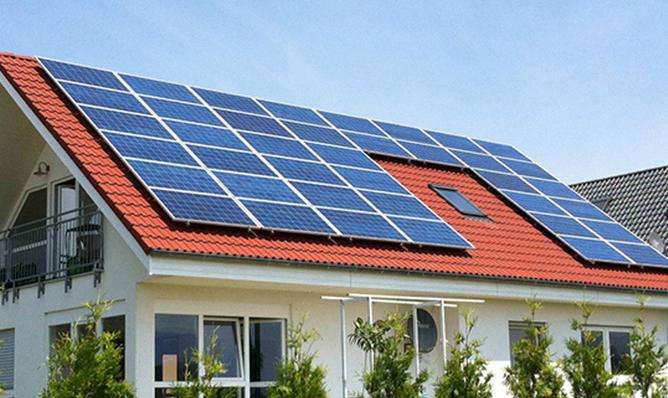The water supply of condensing power plants mainly consists of condensed water (water formed by condensation of steam after doing work in the steam turbine through the condenser) and water from make-up (raw water which has been purified by various methods and used for It is composed of water which supplements the loss of steam and water in the steam-water circulation system of thermal power plants) and various hydrophobic waters (water condensation in steam lines and steam-using equipment). The composition of thermal power plant feed water also includes heat return water (steam condensation water recovered after the power plant supplies heat to heat users).
What are the components and principles of different parts of water circulating in power plants?
A thermal power plant isa plant that uses coal, oil, and natural gas as fuel to produce electrical energy. Its basic production process is as follows: fuel is burned in the boiler to heat the water needed for its operation. into steam and the chemical energy of the fuel is converted. The steam pressure causes the steam turbine to rotate and the thermal energy is converted into mechanical energy. The steam turbine then turns the generator, converting mechanical energy into electrical energy. Thermal power plants are classified as follows: According to fuel: coal-fired power plants, oil-fired power plants, gas-fired power plants, waste heat power plants, power plants using garbage and industrial waste as fuel; temperature: the working fluids in the boiler are It is water. The critical water parameters are: 22.064 MPa and 373.99 ℃ At this pressure and temperature, the density of water and steam is the same, which is called the critical point of water. The pressure of the working fluid in the furnace is less than this pressure and is called subcritical boilers, pressures higher than this are called supercritical boilers. The steam temperature in the oven is not lower than 593°C or the steam pressure is not lower. than 31MPa, which is called ultra-supercritical.
Medium and low pressure power plants (3.92 MPa, 450 degrees), high pressure power plants (9.9 MPa, 540 degrees), ultra high pressure power plants (13.83 MPa , 540 degrees), subcritical pressure power plants (16.77 MPa, 540 degrees), supercritical pressure power plants (22.11 MPa, 550 degrees); from the selection of parameters of supercritical or ultra-supercritical units that have been built and under constructionat international and national level, for supercritical and ultra-supercritical units There is no hard limit, it is simply a matter of knowing what the value of the parameter is. At present, domestic and international people generally think that as long as the main steam temperature reaches or exceeds 600°C, it is considered an ultra-supercritical unit. According to the prime mover: condensing steam turbine power plant, gas turbine power plant, internal combustion engine power plant, steam-gas turbine power plant, etc. depending on the energy produced, condensing steam plant (only produces electricity), thermal; power plant (produces electricity and heat); According to the installed capacity of power plants: small capacity power plants (less than 100 MW), medium capacity power plants (100-250 MW), large and medium capacity power plants (250-1,000MW), large capacity power plants (above 1,000 MW); thermal power plants. There are several types of wastewater produced: industrial wastewater, domestic wastewater, coal-containing wastewater, and acid-base wastewater. classification, and the processes are also different.
The circulating water in the power plant consists of the following parts and principles:
Power part: water pump/water source with a certain head . Power source for cooling water supply.
Transport DepartmentDivided into: pipes, valves, filters, pipe cleaning devices (rubber ball cleaning devices). The pipes that carry water must avoid the formation of microorganisms in the cooling water pipes
.
Heat exchange part: heat exchangers, such as cooling towers, condensers, water-heat exchangerswater, water-oil heat exchangers, water-gas and gas-gas heat exchangers. water heat exchangers
< p> changer. The heat exchanger cools the chilled water, oil and gas.The method of water cooling in power plants is divided into open cooling and closed cooling based on the geographical location and system needs of the power plant. Generally, power plants are built near rivers, lakes and seas.
are designed to reduce costs. , open cooling is used to reduce operating costs. Open cooling does not require a cooling tower. Just use a water pump to pass the water through the conveying part and send it to a cooling tower. heat exchange device other than the cooling tower. The water source is far from power plantsics. Power plants located in areas where water is scarce typically use cooling towers and cooling pools. Limited water circulates through the cooling tower to cool and then is pumped out. to the condenser
etc. Air-cooled power plants and power plant interiors use closed cooling.














